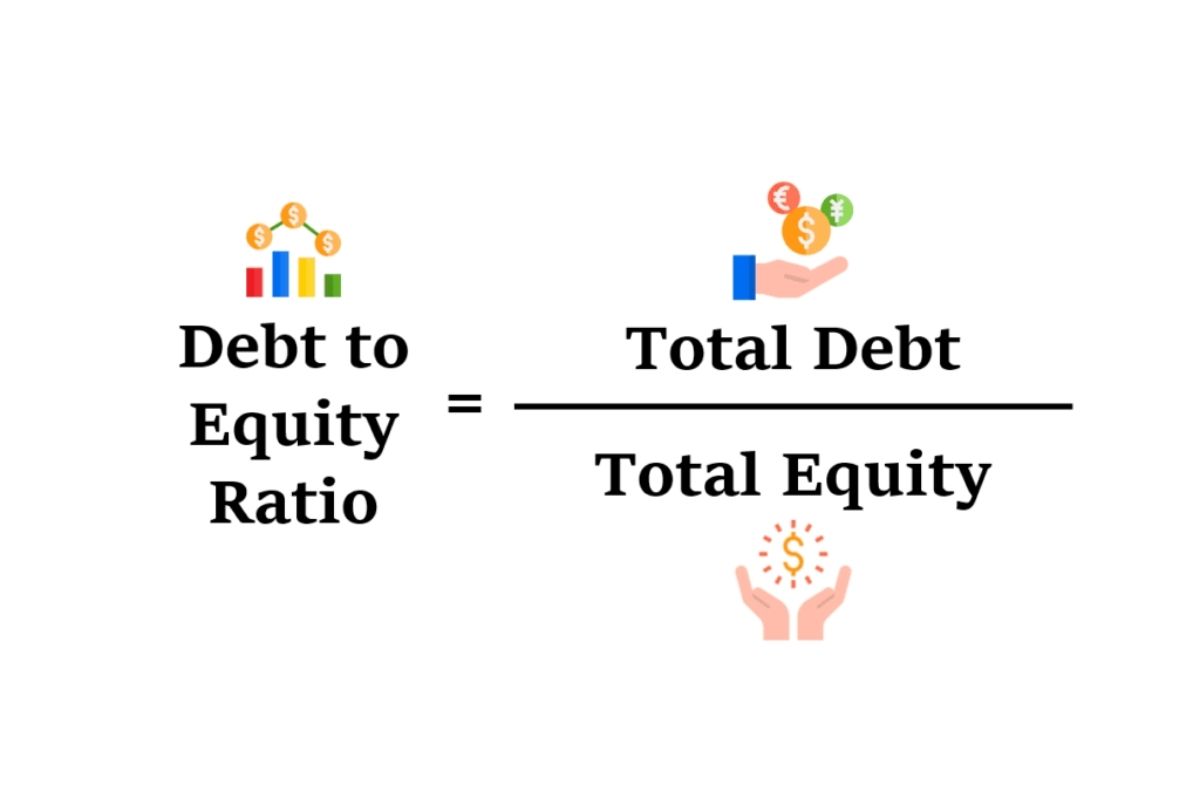
However, the payment of dividends is dependent upon the company’s earnings and the board’s decision. The shareholder equity ratio is a ratio that shows the amount of a company’s assets that have been financed using the owner’s equity instead of debt. It shows the portion of shareholders’ funds that have been used to finance the assets of the company, and it indicates the value that owners will get if the company is liquidated. Contrarily, a lower equity ratio may be a signal of high financial risk due to the higher proportion of debt in the firm’s capital structure. This is because a higher debt level puts the company under pressure to meet its debt obligations, possibly straining the company’s resources. From an investor’s perspective, this could mean decreased returns or even potential losses if the company is unable to meet its liabilities.
Cash Flow Statement: Breaking Down Its Importance and Analysis in Finance

The shareholder equity ratio is expressed as a percentage and calculated by dividing total shareholders’ equity by the total assets of the company. The result represents the amount of the assets on which shareholders have a residual claim. The figures used to calculate the ratio are recorded on the company balance sheet. In contrast, a high debt ratio shows that a significant portion of a company’s operations is funded through debt. Correspondingly, such a company would have a lower equity ratio, implying that less of the firm’s total assets are financed by its equity. By comparing total equity to total assets belonging to a company, the shareholders equity ratio is thus a measure of the proportion of a company’s asset base financed via equity.
The Significance for Investors
High leverage expressed by a lower equity ratio can potentially be more damaging to a company’s solvency. When a company relies heavily on borrowed money (loans) to conduct its business, it commits a portion of its future revenues to service that debt. If that company faces a period of decreased revenues or increased costs, these commitments can become the definition of net credit sales on a balance sheet chron com burdensome, potentially leading to insolvency. On the flip side, a lower equity ratio might reveal that a larger proportion of the company’s operations are financed by debt and other liabilities. While this can be a sign of potential financial instability, it might also just show that the company is aggressively leveraging debt to fuel growth.
Importance of the Debt to Equity Ratio
The lower the ratio value is; the more debt a company has used to fund its assets. 11 Financial may only transact business in those states in which it is registered, or qualifies for an exemption or exclusion from registration requirements. 11 Financial’s website is limited to the dissemination of general information pertaining to its advisory services, together with access to additional investment-related information, publications, and links.
- Consequently, companies with high equity ratios aren’t universally the best investment options since they might follow a risk-averse growth strategy, which may yield lower returns for shareholders.
- The shareholders equity ratio, or “equity ratio”, is a method to ensure the amount of leverage used to fund the operations of a company is reasonable.
- Leveraged companies pay more interest on loans while conservative companies pay more dividends to stockholders.
- Secured creditors have the first priority because their debts were collateralized with assets that can now be sold in order to repay them.
Which of these is most important for your financial advisor to have?
Differing operational strategies, like organic growth or leveraging, will have varying impacts on debt and equity levels. Some businesses may adopt a business model that involves debt financing for expansion, while others may prefer to rely on retained earnings or infusion of new equity for growth. Total Equity, also known as Shareholder’s Equity, represents the amount of money that would be returned to a company’s shareholders if all its assets were liquidated and all of the company’s debts were paid off.
Get in Touch With a Financial Advisor
It indicates the proportion of the owner’s fund to the total fund invested in the business. Traditionally it is believed that the higher the proportion of the owner’s fund the lower the degree of risk. The investors will get all the remaining assets left after paying off the liabilities.
The guidelines for what constitutes a “good” proprietary ratio are industry-specific and are also affected by the company’s fundamentals. A high ratio value also shows that a company is, all around, stronger financially and enjoys a greater long-term position of solvency than companies with lower ratios. A high Debt to Equity ratio can lead to increased interest expenses and financial instability.
Say that you’re considering investing in ABC Widgets, Inc. and want to understand its financial strength and overall debt situation. You can use also get a snapshot idea of profitability using return on average equity (ROAE). The resulting ratio above is the sign of a company that has leveraged its debts. It holds slightly more debt ($28,000) than it does equity from shareholders, but only by $6,000. Understanding the average Debt to Equity ratio in your industry helps contextualize your company’s financial standing. This comparison can inform strategic decisions regarding financing and growth.
Investors who are risk-averse might prefer companies with a high equity ratio as it indicates financial stability and a lower likelihood of insolvency. These companies may not promise exceptionally high returns, but they offer a degree of certainty in the potential returns. On a broader level, the equity ratio provides a useful lookout for understanding a company’s risk tolerance and its potential for returns. It is, however, important to contextualize that a high equity ratio doesn’t always equate to a good investment. It may signal a company’s lack of confidence to take on profitable projects, or a lack of access to low-cost financing. These scenarios can impact the firm’s growth prospects and hence, the potential return on investment.
That means that the Sprocket Shop is more highly leveraged than the Widget Workshop. They’ve taken on more debt to finance their business, which means it’s not run quite as conservatively and will be viewed as riskier. Although they’ve made more profit, they may not be as solvent in their operations since they’ve taken on more debt relative to their equity. A company with a high equity ratio is one that has less debt relative to its assets, which means that you’re not relying heavily on debt to finance your business. While having debt isn’t necessarily a deal-breaker, it’s a signal to those examining your financial profile that your company may not be totally solvent. Highly leveraged companies may be viewed as very risky candidates for business loans, or even risky candidates for investments, since they may not be able to pay the debt on their balance sheet.

